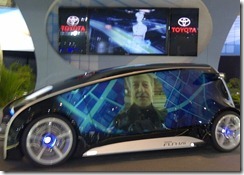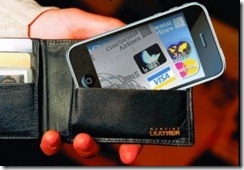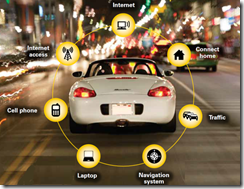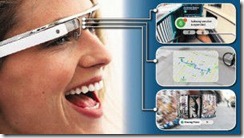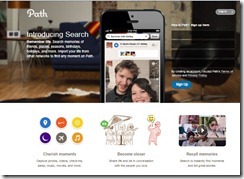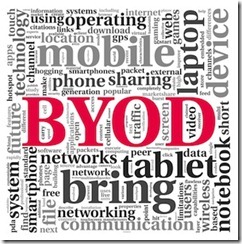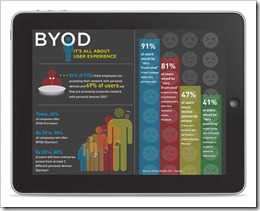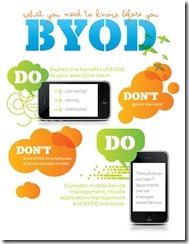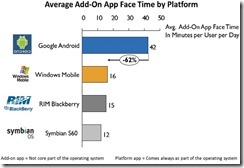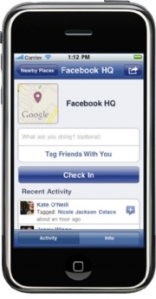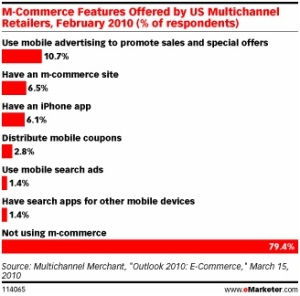Think about it: Every time you use Facebook, Messenger, Instagram, What’sApp, Snapchat or TikTok or every time you launch a google search, order on Amazon, pay your bills via online banking, or just receive, send or archive an email, or stream music or videos, or sit in a zoom meeting, or almost whatever you do on your computer, tablet or phone, you are using internet resources hosted in Data Centers which means you are consuming electricity and generating CO2; How much? That’s THE Question, so here is some background information based on well known studies and reports:
Data Centers are the Brain of the Internet, they host servers, computers, storage, controllers, network devices, and cooling systems all powered by electricity power, in order to connect, receive, process, compute, share, duplicate and store data, more and more data and higher flowing every day.
We estimate an average energy consumption in a Data Center of 3% for the network, 11% for the storage, 43 % for the servers and 43% for the cooling and power systems.
As the number of internet and IT users is growing and the flow of data is exploding, with more and more audio and video streaming, more highly consuming Big Data and Artificial Intelligence (AI), and more and more Internet-of-Things (IoT) sensors are deployed, so are data services and Data Centers growing exponentially and so is the energy consumption growing alarmingly.
Calculating the global energy consumption of these Data Centers and of the Internet is a complex problem requiring some estimations, as companies and countries are not really providing detailed reports.
Estimates varie depending on the following relevant studies and sources:
- Koomey in 2011 estimated that data centers accounted for between 1.1 percent and 1.5 percent of global electricity used in 2010.
- Masanet et Al in 2020 estimates that global data centers consumed around 205 terawatt-hours (TWh) in 2018, or over 1 percent of global electricity use,
- Estimates of annual data center electricity usage vary from 200 terawatt hours (TWh) (Jones, 2018) to 500 TWh (Bashroush & Lawrence, 2020). The lower of these figures would suggest that data centers consume 1% of global electricity (Jones, 2018), but this could be significantly higher. One study suggests that global data center energy usage was 270 TWh in 2012 (Van Heddeghem et al, 2014). Another study estimates that 104 TWh will be used by European Union data centers in 2020, which makes a global total of 200 TWh unlikely (Avgerinou, Bertoldi & Castellazzi L, 2017).
- Wildly varying estimates for the energy intensity of the internet have been published, ranging from 136 kWh/GB in 2000 to 0.004 kWh/GB in 2008, but a more recent estimate analysing calculation methodologies settled on 0.06 kWh/GB for 2015 (Aslan et al, 2018). This is decreasing by 50% every 2 years (Aslan et al, 2018).
- Calculating the energy intensity of the internet is difficult – Aslan et al (2018) only considers fixed line networks in developed countries. Calculations are missing for mobile networks that will account over 20% of all internet traffic by 2022, growing at 46% per year (Cisco, 2019); and internal connectivity within data centers is not included but is doubling every 12-15 months (Singh et al, 2015). These excluded factors and no recent calculations examining networking equipment speeds up to current fastest 400Gb (Ethernet Alliance, 2019) devices means that it is difficult to estimate the true energy impact of networking today.
Some of these numbers may seems wrong as the percentage is decreasing despite the fact that the volume is increasing, but it just means that fortunately the significant improvement energy efficiency of the devices and data centers, as well and new technologies such as server virtualization and Cloud-Computing and Cloud-Storage have been compensating for the growth of users and data of the last decade.
The amount of computing done in data centers more than quintupled between 2010 and 2018. However, the amount of energy consumed by the world’s data centers grew only six percent during that period, thanks to improvements in energy efficiency. Servers, storage, and network hardware on its own consumed more energy in 2018 (130TWh) than it did in 2010 (92TWh). But these devices are now much more energy and a lot more computing efficient for every 1Wh used.
Still, The main issue is this hungry use of electricity generate carbon dioxide (CO2) emissions. Again we can only estimate the level produced as it depends on many factors.
In 2018 Pearce claimed that the world’s data centers emit as much CO2 as the global aviation industry (which generates 3% of global emissions) , which is roughly 900 billion kilograms of CO2 (Air Transport Action Group 2020). Considering that global data centers recently consumed around 205 billion kWh, for this claim to be true, their average electricity emissions intensity would have to be around 4.4 kg CO2/kWh. Which is probably overestimated as fortunately all Data Centers don’t run on electricity produced by coal or fuel. Lately the larger providers such as Google, Microsoft, Amazon, Apple and big Telcos are using more and more renewable energy or implementing their giant Data Centers in Nordiks countries to reduce cooling energy and cost. The new industry trend is for multi-tenant data centers to accommodate hyperscale cloud firms and fulfill growing demand from technologies such as AI and IoT.
Just a few others facts that may ring a bell:
- In 2020 Kamiya claimed that watching Netflix for 30 minutes generates 1.6 kg of CO2 emissions, the same as driving almost four miles/6 km. Again even if this value is a bit overestimated, it gives an idea we can relate to.
- Visiting Amazon consumes 0.0003 kWh, streaming 5 MB MP3 song takes 0.025 kWh, watching 5 minutes YouTube video takes 0.065 kWh, streaming 3 GB movie takes 14.65 kWh, and online video game takes about 78.13 kWh
In 2016 Koomey-led study of data center energy use in the US, which was paid for and published by the US Department of Energy, found that collectively, all data centers in America consumed 2 percent of all electricity consumed nationwide.
Fortunately the last 20 years have seen major efficiency improvements, but unfortunately they are predicted to come to an end and the data center energy usage is predicted to double by 2030. If electricity continues to be a major source of data center energy and is generated from non-renewable sources, data center emissions could exceed the aviation industry which is currently responsible for 2% of annual human-generated CO2 (IATA, 2020).
The Internet’s energy consumption, whatever 1 or 2% of global energy consumption is significant but still is a fraction of that of the transportation industry, (including cars, trucks, bus, trains, planes etc) which accounts for 61 percent of oil consumption, and of course the worst energy consumers and polluters industries are Chemical, Refining and Mining industries.
Therefore on a positive note as Internet uses less power and causes a smaller environmental impact than transportation, moving more tasks (like teleconferencing, telebanking and working from home) to the Internet to reduce travel and commute makes sense.
And on that note: numbers will certainly show a reduction of travel and transportation and an increase on internet use due to Covid-19 pandemic for 2020, and a consequent shift on energy consumption and CO2 emissions.
Every day Internet and technology are progressing with a devices and new services. The computing power is increasing and so is the energy consumption of these devices. Our mobiles, computers, laptops, and other gadgets rely on energy to operate all the time (About 0.0003 kWh is consumed while charging a mobile over USB for 7 minutes).
In the future the rapidly growing demand for information service and compute-intensive applications like AI and IoT (enabled by 5G, and 6G to come) will certainly outpace the efficiency gains, therefore significant investments in renewable power will be required to minimize the climate implications of data center energy use.
Objective of this blog was to raise your awareness on the energy consumption and C02 emission of the IT Industry and Internet and it’s potential impact on environment and climate change, as we are all users and consumers.
In my next blog I will share a few tips of how to reduce your personal internet usage, energy consumption and emissions.
Filed under: Big Data, Cloud, communications, Data Center, Energy, General, IT, Servers, technology, Telecom, Uncategorized, Virtualization | Tagged: AI, cloud, CO2 emissions, data center, Energy, energy consumption, energy efficiency, internet, IOT | 1 Comment »







